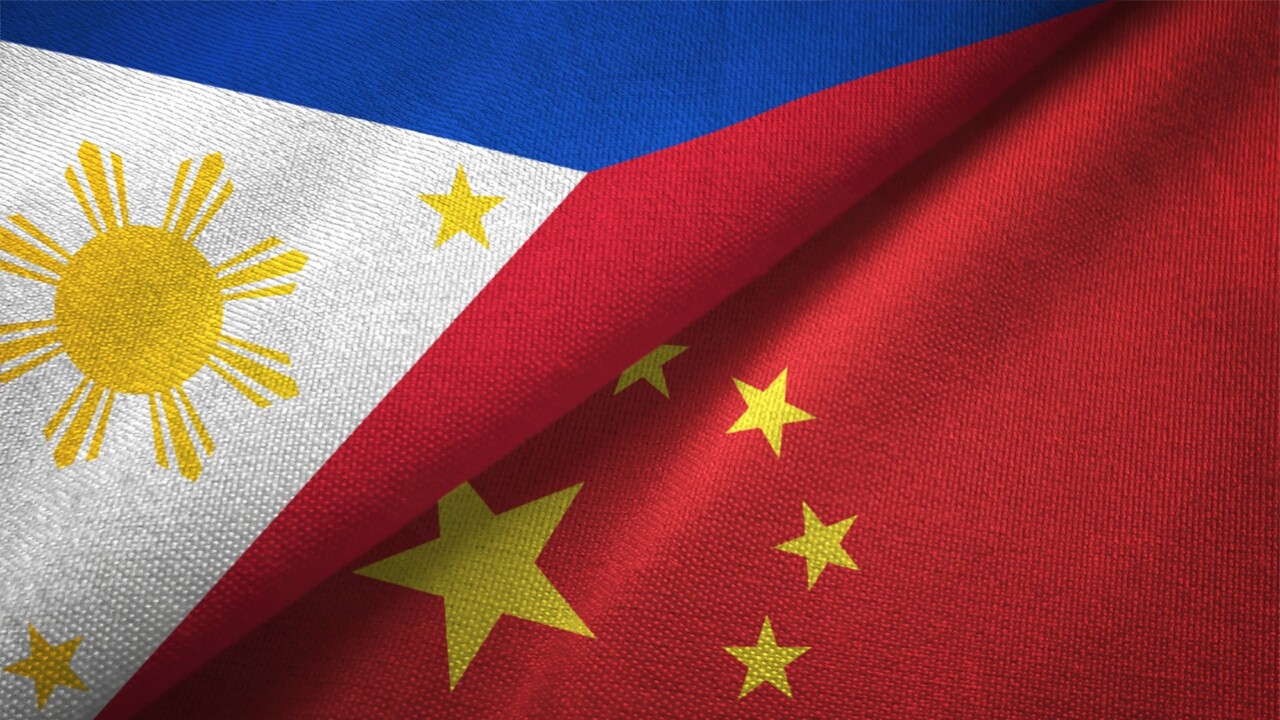Collisions tear holes in US ally’s ships as tensions flare in South China Sea
The collisions in the dead of night in the volatile South China Sea have brought the dangers closer home for the Philippines.

New flashpoints are emerging in the volatile South China Sea — bringing confrontations involving Beijing closer to the shores of a key U.S. ally in the region.
In the dead of the night Monday, between the hours of 3am and 4am local time, at least three collisions occurred between coast guard ships belonging to China and the Philippines. The first tore a hole 3.6 feet in diameter on the starboard side of a Philippine coast guard vessel, the Philippines said.
About 16 minutes later, a Chinese coast guard vessel rammed another Philippine coast guard ship twice, ripping a gap 2.5 feet long and 3 feet wide on the port side, according to the Philippines.
The incidents occurred near Sabina Shoal, an uninhabited reef which sits just 75 nautical miles from the Philippines’ west coast.
The Philippines said the collisions resulted from aggressive manoeuvres by China’s coast guard — a large and potent force on the front lines of Beijing’s efforts to enforce its claims in the South China Sea. China accused the Philippines coast guard of deliberately colliding with its ship in a dangerous way.

“We can fairly say that this is the biggest structural damage we have incurred as a result of the dangerous manoeuvres carried out by the Chinese coast guard,” said Jay Tarriela, a spokesman for the Philippine coast guard.
Monday’s incidents marked an escalation in tensions that have run high over the past 18 months, at times threatening to spiral into conflict that could draw in the U.S., Manila’s treaty ally. They are especially noteworthy because they unfolded near Sabina Shoal, a location close to the Philippines that is fast becoming a new source of friction.
Confrontations since last year have largely centred on a different reef called Second Thomas Shoal, which is located 30 nautical miles west of Sabina Shoal — and about 100 nautical miles off the Philippines west coast. Second Thomas Shoal is a military outpost for a small detachment of Filipino marines. In July — after a series of risky encounters over months, in which China tried to disrupt Manila’s resupply missions to the outpost — the Philippines and China said they had reached an agreement to ease tensions.
Differences quickly emerged in each side’s interpretation of the deal and Monday’s confrontation — albeit at a different location — raises new questions over its fate.

As Manila has taken a stronger stance against China’s claims in the South China Sea and moved closer to the U.S., it has come under intense pressure from Beijing — both diplomatically and at sea. Chinese vessels have used a host of forceful tactics around Second Thomas Shoal, from spraying water cannons and ramming Philippine ships to threatening Filipino military personnel with axes and knives. China’s coast guard ships often come with maritime militia boats, outnumbering the Philippines.
Unlike Second Thomas Shoal, Sabina Shoal isn’t a military outpost and wasn’t seen as a flashpoint, but tensions have been bubbling there for months. China claims both sites — which lie within the Philippines’ 200-nautical-mile exclusive economic zone — as it does much of the South China Sea. A 2016 ruling by an international arbitral tribunal held that China’s claims have no legal basis, which Beijing rejected.
Mid-April, the Philippines sent a large coast guard ship, the BRP Teresa Magbanua, for a prolonged deployment to Sabina Shoal. The reason, it said, was that China had dialled up the presence of its maritime militia boats at the site and also sent research vessels. In a May briefing to journalists, the Philippines coast guard reported the presence of three Chinese research vessels at Sabina Shoal.

The research vessels were sending out divers who appeared to be using instruments to take measurements and make assessments of the area, the Philippines said at the time. The Philippines, in response, sent small inflatable boats to monitor the activities more closely, and on at least one occasion was blocked by China’s coast guard.
Overall, the Philippines coast guard said in the May briefing that it recorded a heavy Chinese presence at the site, including visits by Chinese navy vessels and helicopters, coast guard ships and maritime militia boats.
Philippine divers tasked with studying the area also discovered what looked like dead and crushed corals, dumped underwater at various locations around the shoal, the Philippines coast guard said. That, it said, could be a precursor to possible land reclamation. China has a history of building artificial islands in the South China Sea, some of which are now military bases.
“If we don’t monitor and guard this, maybe in the following months, we’ll be shocked again that in Sabina Shoal, they’ve expanded the island, ” Tarriela, the Philippine coast guard spokesman, said in the May briefing.
At the time, China’s Foreign Ministry called the assertion “sheer rumour spread by the Philippines, which is an irresponsible claim designed to vilify China and mislead the international community.” Over subsequent months, China accused Manila of creating new tensions in the South China Sea and asked it to withdraw the vessel from Sabina Shoal.
On Monday, the two Philippine coast guard ships that were involved in the collisions were headed to resupply a different Philippine site in the South China Sea, but were passing by the vicinity of Sabina Shoal, when they encountered the Chinese coast guard. The collisions took place 21 to 23 nautical miles southeast of Sabina Shoal. Despite being damaged, the ships continued their missions, the Philippines said.
— Bella Perez-Rubio contributed to this article.
The Wall Street Journal





